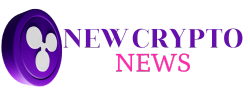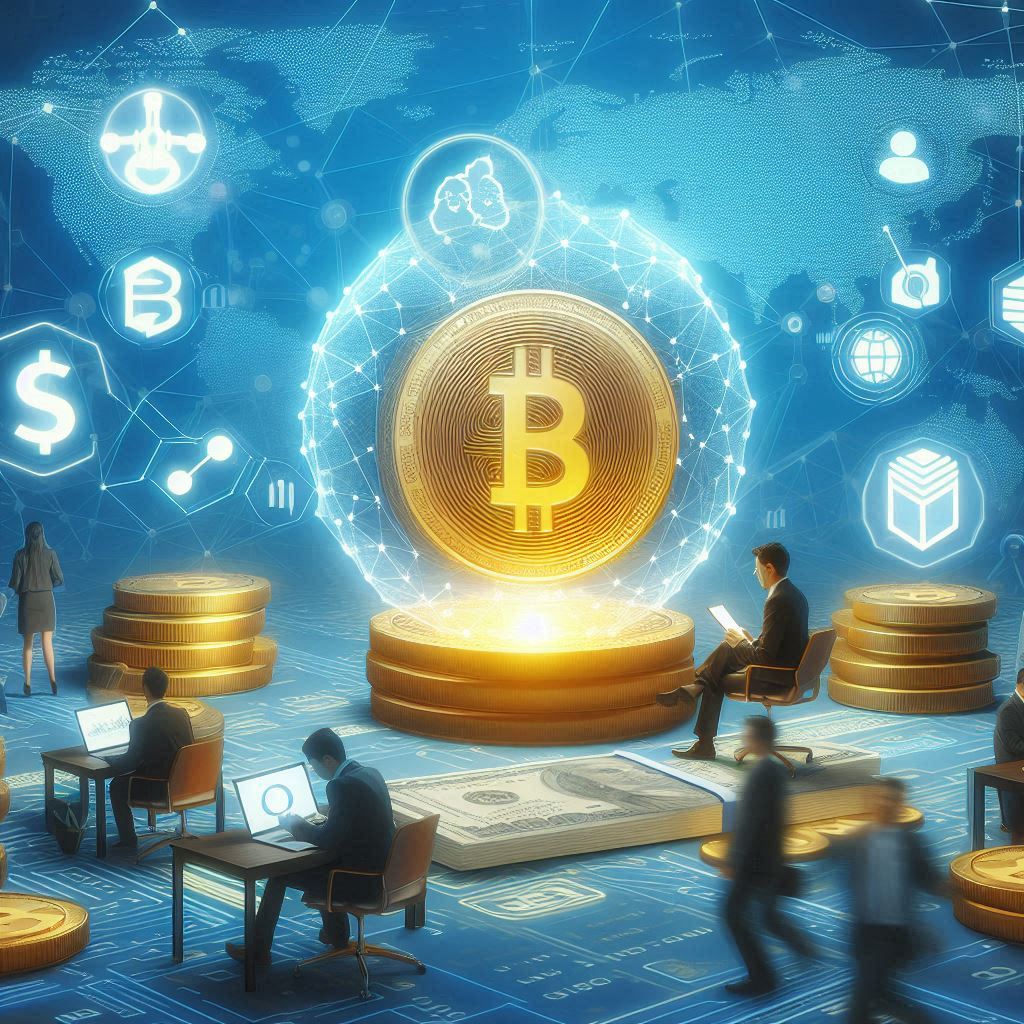Tokenization is the process of converting real-world assets into digital tokens on a blockchain. These tokens represent ownership or a stake in the asset and can be traded on blockchain platforms. This technology bridges traditional finance and blockchain, offering a new way to manage and trade assets.
Tokenization leverages the benefits of blockchain, including transparency, security, and efficiency. By representing physical assets digitally, tokenization enables fractional ownership, increases liquidity, and provides a more accessible and efficient way to manage assets.
The Advantages of Tokenization
Tokenization offers several advantages over traditional methods of asset management and trading. One of the main benefits is increased liquidity. Traditional assets, such as real estate or fine art, can be difficult to trade due to their high value and illiquid nature. Tokenization allows these assets to be divided into smaller units, making them easier to buy and sell.
Another advantage is accessibility. Tokenization opens up investment opportunities to a broader audience by enabling fractional ownership. This means that individuals can invest in high-value assets without needing substantial capital. Additionally, tokenized assets can be traded 24/7 on blockchain platforms, providing greater flexibility and efficiency.
Types of Assets Being Tokenized
A wide range of assets can be tokenized, including real estate, art, commodities, and even intellectual property. Real estate tokenization involves converting property ownership into digital tokens, allowing investors to buy and sell fractions of the property. This makes real estate investment more accessible and liquid.
Art tokenization involves creating digital tokens that represent ownership of artworks. This allows art collectors to buy and sell fractions of artworks, democratizing the art market. Commodities, such as gold and oil, can also be tokenized, providing a more efficient way to trade these assets. Intellectual property, including patents and trademarks, can be tokenized, enabling fractional ownership and easier transfer of rights.
Real Estate Tokenization
Real estate is one of the most promising sectors for tokenization. Traditional real estate investment can be cumbersome, requiring significant capital and dealing with intermediaries. Tokenization simplifies this process by allowing fractional ownership and direct trading on blockchain platforms.
Tokenized real estate provides greater liquidity and accessibility, allowing investors to buy and sell property shares with ease. It also offers enhanced transparency and security, as all transactions are recorded on the blockchain. This can attract a new wave of investors and transform the real estate market.
Art Tokenization
The art market has traditionally been exclusive and illiquid, with high entry barriers. Tokenization is changing this by enabling fractional ownership and trading of artworks. Digital tokens representing art pieces can be bought and sold on blockchain platforms, democratizing the art market.
Art tokenization allows artists and collectors to reach a global audience, increasing the liquidity and value of artworks. It also provides greater transparency and security, as blockchain records every transaction. This can attract new investors and transform the art market into a more accessible and efficient ecosystem.
Commodity Tokenization
Commodities like gold, oil, and agricultural products are essential assets in global markets. Tokenizing these commodities provides a more efficient way to trade them. By representing these assets as digital tokens, investors can easily buy, sell, and trade them on blockchain platforms.
Commodity tokenization offers increased liquidity, transparency, and security. It also reduces the need for intermediaries, lowering transaction costs and improving efficiency. This can attract more investors and enhance the overall functionality of commodity markets.
Intellectual Property Tokenization
Intellectual property (IP) is a valuable asset for businesses and individuals. Tokenizing IP involves creating digital tokens that represent ownership rights to patents, trademarks, and copyrights. These tokens can be traded on blockchain platforms, enabling fractional ownership and easier transfer of rights.
IP tokenization provides greater liquidity and accessibility, allowing more investors to participate in the market. It also enhances transparency and security, as all transactions are recorded on the blockchain. This can attract new investors and transform the IP market into a more efficient and accessible ecosystem.
The Role of Smart Contracts
Smart contracts are self-executing contracts with the terms of the agreement directly written into code. They play a crucial role in tokenization by automating processes and ensuring that transactions are executed securely and transparently. Smart contracts eliminate the need for intermediaries, reducing costs and improving efficiency.
In tokenization, smart contracts can automate the issuance, trading, and transfer of tokens. They can also enforce compliance with regulatory requirements and ensure that ownership rights are properly transferred. This makes the tokenization process more efficient, secure, and transparent.
Regulatory Considerations
Regulatory compliance is a critical aspect of tokenization. As tokenized assets represent real-world assets, they must comply with existing regulations. This includes securities laws, anti-money laundering (AML) regulations, and know-your-customer (KYC) requirements.
Regulators are increasingly recognizing the potential of tokenization and are working to establish frameworks that support its growth. Clear and consistent regulations are essential for ensuring the legitimacy and stability of the tokenization market. This can attract more investors and promote the adoption of tokenization.
Challenges and Solutions
Despite its potential, tokenization faces several challenges. These include regulatory uncertainty, technical complexities, and market adoption. Addressing these challenges is essential for the success of tokenization.
Solutions include developing clear regulatory frameworks, investing in technology and infrastructure, and educating stakeholders about the benefits of tokenization. Collaboration between industry participants, regulators, and technology providers is crucial for overcoming these challenges and promoting the growth of the tokenization market.
The Future of Tokenization
The future of tokenization looks promising, with continued innovation and adoption expected across various industries. As blockchain technology evolves, we can expect to see new use cases and applications for tokenization, further expanding its potential.
Tokenization has the potential to transform traditional finance by providing a more efficient, transparent, and accessible way to manage and trade assets. By bridging the gap between traditional finance and blockchain, tokenization can unlock new opportunities for investors and businesses alike.
Conclusion: Embracing Tokenization for a Better Future
Tokenization is revolutionizing the way we think about ownership and investment. By converting real-world assets into digital tokens, tokenization bridges traditional finance and blockchain, offering new opportunities for liquidity, accessibility, and efficiency.
As the tokenization market continues to evolve, it is essential to address regulatory and technical challenges to ensure its success. By embracing tokenization, we can create a more inclusive and efficient financial ecosystem, ultimately leading to a better future for all stakeholders.


